Italy is one of the most beautiful countries to visit in Europe. With so many famous destinations and sights, from the iconic ruins of Rome to the spectacular Tuscan countryside and the picturesque canals of Venice, you’re sure to have an unforgettable visit. But, with so much to see and do, you can get overwhelmed. So here are some Italy travel tips to make your trip a little smoother.
Like most places, Italy has its own unique culture and customs. So, to save yourself any embarrassment or trouble, from big cultural faux pas to seemingly minuscule things, be sure to brush up on these useful Italy travel tips before you go.
1. Try learning some basic Italian beforehand
Using some basic phrases in the local language is sure to go a long way with the locals. Even just a simple “Parla Inglese?” (or Do you speak English?) will help. You can also learn some additional words such as:
- Hello – Buongiorno
- Goodbye – Arrivederci
- Please – Per favour
- Thank you – Grazie
Alternatively, you can download the Italian add-on on Google Translate to use offline.
2. The best times to visit Italy are May-June or September-October
The summer months (between July-August) are the peak tourist season and can get very hot and very crowded. This can also lead to prices skyrocketing. Spring and Autumn offer both milder weather and cheaper prices, with the added bonus of fewer crowds. Italian winters tend to be quite cold, especially in the north. However, if you can only make it during the summer, try to visit places early before they get crowded.
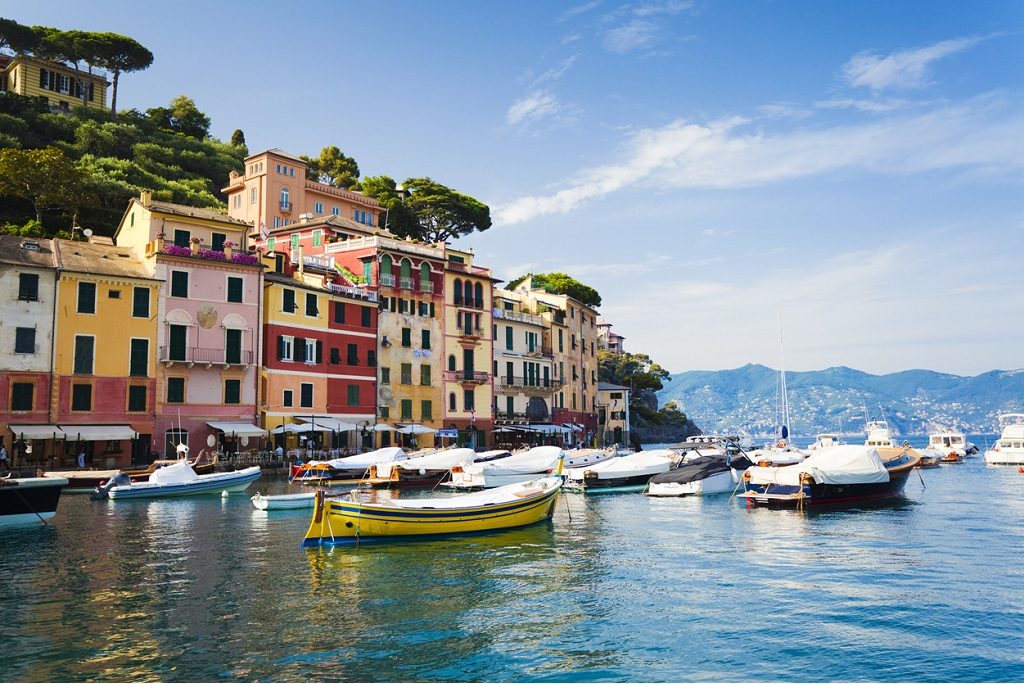
3. Don’t miss the many smaller cities in Italy
Travel to the many smaller, and often underrated, towns across the country. These places often have just as many wonderful sights as the more popular alternatives, and also allow you to avoid the massive crowds. Places like Genoa, Bergamo, Mantua, Portovenere, Ravello, Trieste, or Ravenna will give you space to breathe between more popular destinations like Rome, Venice or Milan, while still packing quite a punch.
Also Read: 18 Underrated Towns In Italy You Have To See
4. Know the difference between the two Italys
Many people don’t realise that the north and the south of Italy are very different. Italy has 20 different regions, each with a set of unique local traditions and foods. In general, the north tends to be more industrial, with more wealth, and similarities with neighbouring France, Switzerland, and Austria. The south is close to the Mediterranean and is known for its more vibrant food and culture, as well as its more laid-back lifestyle. Historically, the north and south have also had a bit of rivalry.
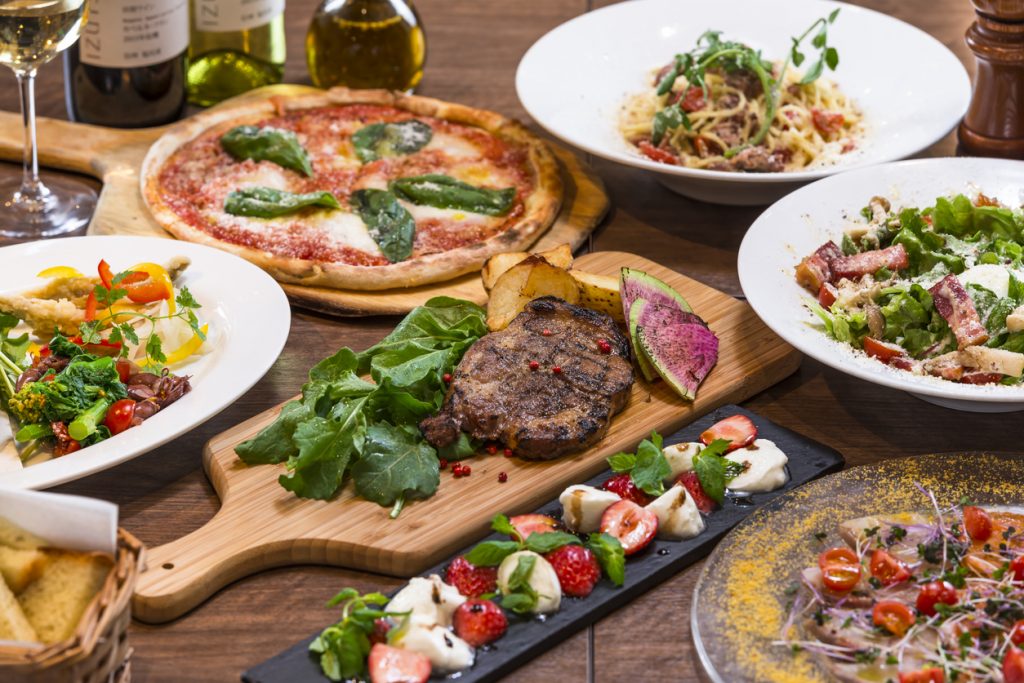
5. Always try the local cuisine
Dining out is one of the greatest experiences in Italy, so be sure to sample what every region has to offer, don’t just stick to “safe options” like pizza or pasta. Try the crostini and the Panzanella in Tuscany, the risotto in Lombardy, seafood on the Amalfi coast, the seadas in Sardinia, Cannolis in Sicily, and of course, the pizza in Naples. However, keep in mind that these local specialities are not often at their elsewhere. For example, the pizza or the cannolis anywhere else in Italy can be very hit or miss.
Also Read: Here Are The Top European Destinations For Vegetarians
6. Also, try the house wine
When eating at local restaurants, order the house wine. It is usually of excellent quality and unique to each region. Check out the chianti in Tuscany, falanghina in Rome, or the prosecco in Venice. Having a drink at lunch is also totally acceptable as wine is basically a way of life in Italy. You can also find excellent local wines at the supermarket for as little as €3-5 a bottle.

7. Look out for local recommendations
Ask locals, or check local blogs/vlogs, for some of the best restaurant recommendations in the area. Also, to find authentic places remember the following rules:
- Don’t eat anywhere advertising multilingual/picture menus
- Try places further away from major tourist sights or popular squares (they tend to have food that is expensive, but not very good)
- Eat where most of the patrons seem to be locals, not tourists
- Older looking places with fewer items on the menu are often the best
- Italians tend to eat late, so many restaurants, especially the fancy ones, don’t open until 7 pm or later, and the further south you go, the later they eat.
8. Don’t ask for special items off the menu at restaurants
Most Italians usually eat things as listed on the menu. Food is taken seriously in Italy and is not to be altered. Asking for changes will merely insult the chef and result in unnecessary complications. If you have any allergies or want vegan/vegetarian options, just ask your server and they’ll let you know what’s available. Another way to earn disapproving looks is to ask for ketchup or other condiments to put on your food.
Also Read: 22 Rules Of Dining Etiquette From Around The World

9. Tipping isn’t really common in Italy
Italians don’t often tip at the end of the meal as service charges are usually included (look for a “servizio incluso” on the menu or bill). Even if it isn’t included (“servizio non incluso”) you can just leave a few euro on the table at restaurants or cafés before you leave. Italian servers and restaurant workers are paid a living wage and don’t rely solely on such tips, though it is more common in touristy areas. Tipping also isn’t necessary at bars. Also, be aware that Italians enjoy long means so don’t expect quick service at most sit-down restaurants.
10. Be aware of cover charges on the bill
You may not have to tip for service in Italy, but you will usually see an additional cover charge on your bill. The “il coperto” is an extra charge that varies from restaurant to restaurant (they usually range between €1.50-4 per person). It covers things like bread and water that on the table and is usually listed at the bottom of the menu. This charge is standard, even if you don’t ask for or eat the bread.
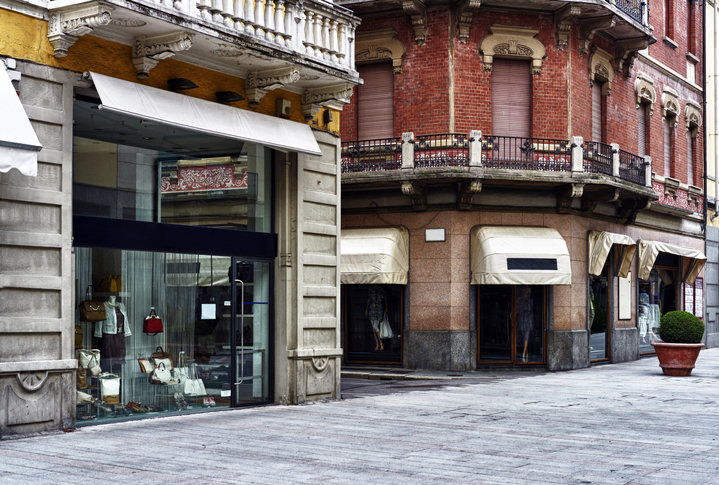
11. Many Italian shops close in the afternoon
Many Italian shops close for a few hours during the afternoon (usually between 1 and 4 pm) while the proprietors go home to take a nap (or “riposino”). This is more common in the summer when the stifling heat makes people want to hide from the sun, and the further south you go the hotter it gets. Shops also tend to be closed on Sundays. While this is changing in many big cities with shops staying open throughout the day, be sure to work this break into your schedule. Also, be aware that most shops will only stay open until 8 pm.
12. Italy has a very specific coffee culture
Italians never order cappuccinos after 11 am (it’s only a breakfast drink) as milk is said to hinder digestion. Instead, they stick to espressos (the default Italian caffè) after dessert. Stopping at a café for a quick coffee also comes with a set of rituals. After paying and giving the order, most drink their coffee standing at the bar (rarely to-go). You can sit at a table, but it tends to take longer and cost more due to service charges. In Italy, they also don’t tend to put flavours in their coffee, so don’t ask.
Also Read: 11 Tourist Faux Pas To Avoid When Travelling

13. Be wary of pickpockets and thieves
While this might seem obvious, its good to be reminded. Pickpockets and thieves are everywhere in crowded Italy, and they’re extremely hard to spot. They tend to strike when you least expect it, so be super aware of your belongings. Also, as a tourist, its best to be polite but to keep your distance from people asking for anything in the streets. Don’t accept “gifts” from vendors either, as they aren’t actually free. They will often demand payment and refuse to take them back.
14. Don’t look like an obvious tourist
This one may be quite hard to follow. It’s always best to blend in with the locals when in Italy to avoid being singled out as a tourist. Put away those baseball caps, fanny packs, bulky cameras, and big maps and be aware of your surroundings. This will help you be less vulnerable to pickpockets and scams, as well all lowering your chances of being taken advantage of at shops.

15. Pack conservative clothes and comfortable shoes
While appearances can be important in fashion-conscious Italy, it’s also important to adhere to dress codes at religious sites. This usually means covering shoulders and legs, which can easily be achieved with a scarf carried with you. It’s also good to wear practical and comfortable shoes when walking on cobblestoned streets and steep stairs. This also applies to carrying wheeled suitcases with you.
Also Read: Best Travel Luggage To Take Along When Heading For A Trip
16. Fake designer goods are actually illegal
Italy is famous for expensive high fashion brands like Prada and Gucci. While it may be extremely tempting to buy copies of these items at a fraction of the price, be careful. Peddling and buying fake designer items are actually illegal in Italy, so much so that Florence actually has undercover police at markets and tourist sites looking for these illegal merchants.

17. Be prepared for Italian lines
Italians tend not to form proper lines or queues. Whether you’re waiting to board a plane, buying a ticket, or ordering food at a restaurant, you’ll find that lines resemble something more semi-organised mobs than orderly lines. Make the most of this and stand your ground so that you don’t lose your place.
18. How to avoid queues at attractions
Speaking of queues, they tend to be extremely long at most of the country’s most popular monuments. There are many ways to significantly reduce this time. Booking tickets online with skip-the-line options will cut your waiting time (though there will still be security checks). You can also try arriving in the morning or late afternoon to avoid the worst of the crowds.
Also Read: How to Avoid Tourist Crowds at Some of the World’s Most Popular Attractions
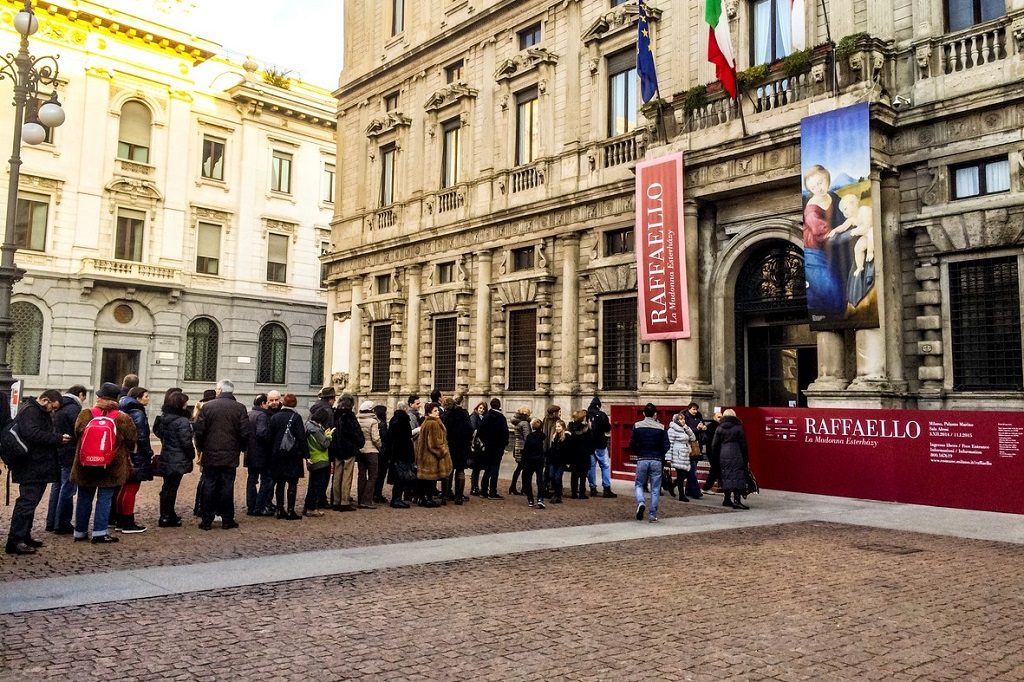
19. Look out for free museum days and free audio guides
Look up free days at the museums – they’re usually on the first Sunday of each month. However, if this happens to occur on a holiday, like Easter, this free day may take place on the following day. Also, consider downloading free audio guides to save money at the museums.
20. Carrying cash vs credit
Credit cards are widely accepted at larger hotels, restaurants, and shops. However, quite a few places are still old school and only take cash. While you can exchange some money before you leave home, ATMs (known in Italian as bancomat) are the best way to exchange money in Italy, so when you land, skip the conversion desk and head straight there to avoid overpaying exchange fees. (Also be sure to divide your money in multiple safe places while you travel)
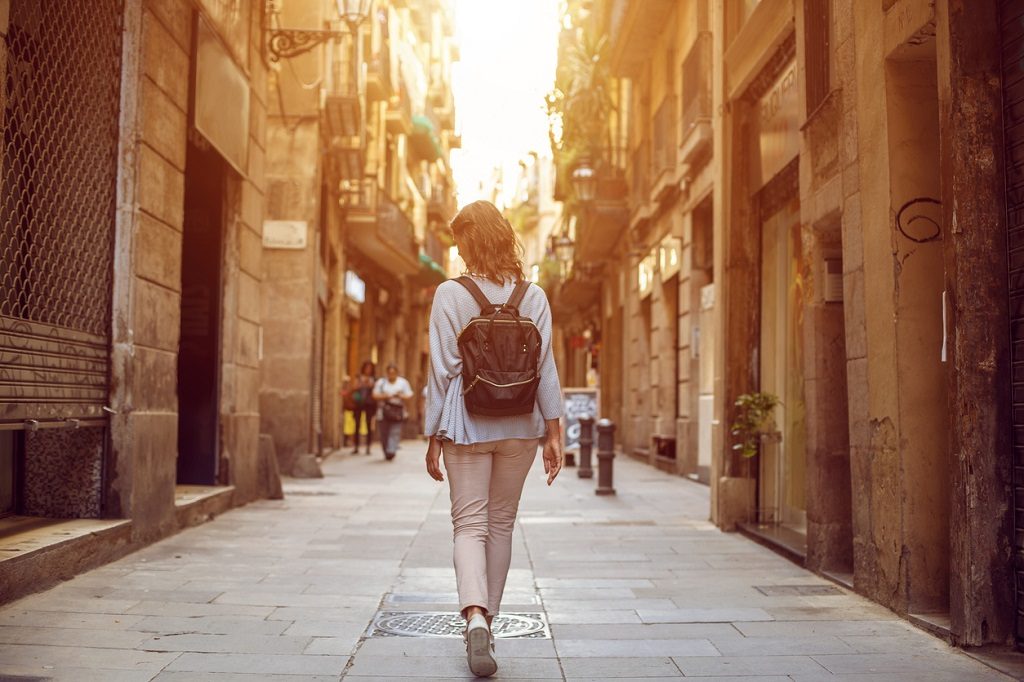
21. Walk instead of taking taxis
When in Italy, don’t take too many taxis. Walk around as much as possible. It’s usually the best way to experience the city or town and you will find lots of picturesque places and hidden gems. Even getting lost can be a fun experience (but be sure to get a good map so that you can actually find your way back).
Also Read: Different Types of Shoes for Women to Keep Ready in their Travel Wardrobe
22. Use public transport judiciously and ALWAYS validate your ticket
While most Italian cities are best explored on foot, you will eventually need to use Italian public transport. However, this can be far from simple are there are often no signs posted. Whether you’re riding the train, bus, or tram, just having a ticket isn’t enough. You must validate your ticket (by stamping it in the little machines onboard or on platforms) as soon as you enter to prove that you haven’t used the same ticket for multiple rides. If you don’t do this, you can be liable for a €50 fine.

23. Transportation strikes are quite common
Transportation strikes are an unfortunate reality of life in Italy. Don’t be shocked if one occurs during your trip and affects your travel plans. Most strikes are announced ahead of time, so you can usually plan ahead. Be sure pay attention to news bulletins for information about upcoming strikes and always give yourself plenty of extra time to catch trains or flights.
24. Expect disorderly traffic if you plan to drive
If you’re planning to drive yourself in Italy, its very important to known that Italians tend to drive aggressively and quite ruthlessly, especially in the cities, where traffic rules are mostly just suggestions. This is quite different in the countryside where the roads are quieter, and the scenery is often spectacular. Also, be aware that if you want to rent a bigger car, you must specify it beforehand, as the default are much smaller “Italian sized” ones.

25. Always try to cook in
While Italy is certainly one of the best countries to eat out, and it can be tempting to sample all the delicious Italian food in the restaurants, don’t be afraid to cook in. You will often find amazing produce at local markets, including locally-produced sun-dried tomatoes, olives, fresh mozzarella, and handmade pasta. Also, consider taking the time out to attend a cooking class. It will be a fun experience, and whatever recipe you learn can be a truly unique souvenir.
Are there any Italy travel tips that we’ve missed? If so, be sure to share them in the comments below.


